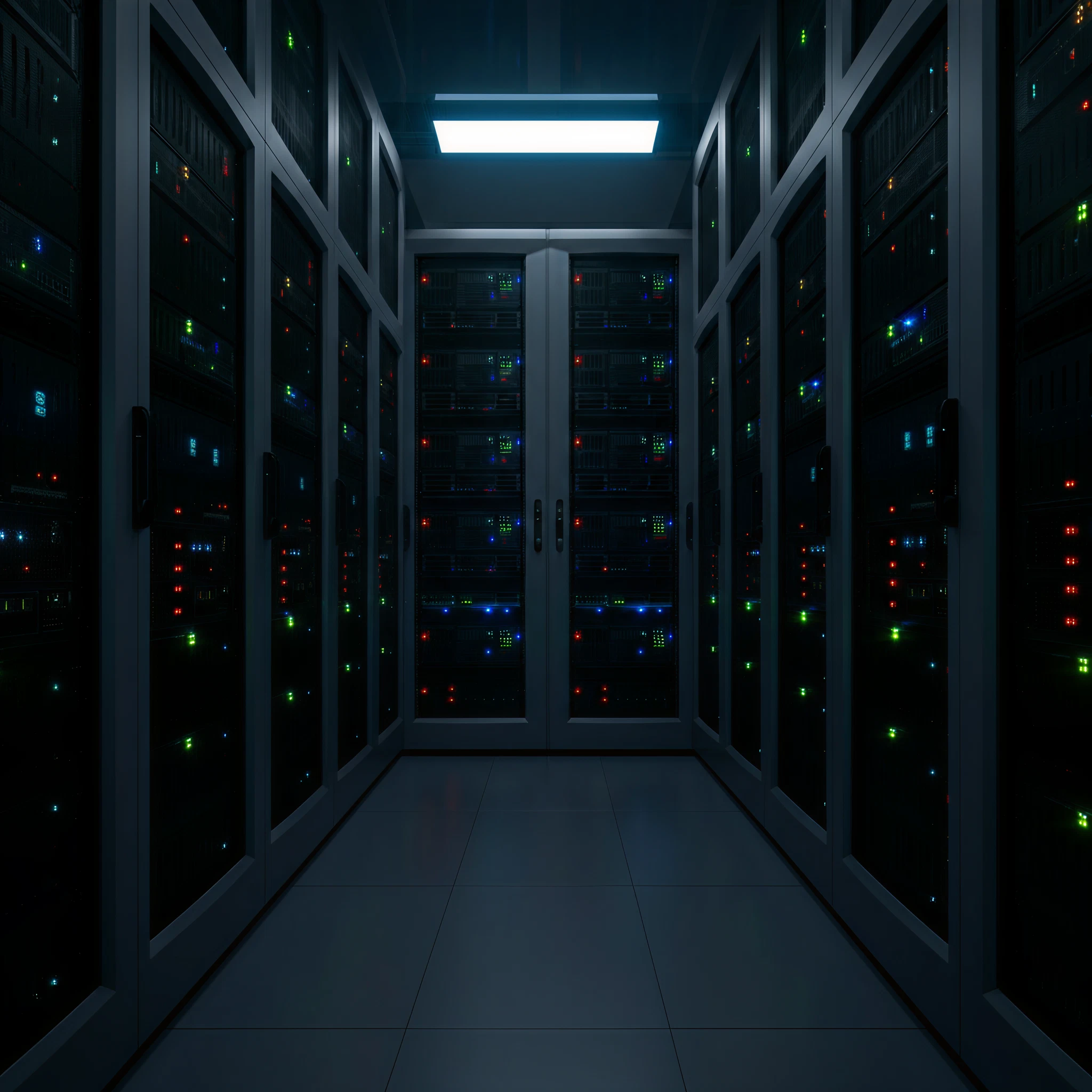What is a Headless Server?
A headless server is a server that operates without a monitor (or screen), keyboard, and mouse. Unlike traditional desktop setups, a headless server is designed to be managed and accessed remotely through a network connection. These servers are typically housed in server racks or data centers, minimizing physical interaction while maximizing efficiency.
The main characteristic of a headless server is its lean architecture. It doesn’t include a graphical user interface (GUI) or peripherals that require physical access, allowing IT professionals and systems administrators to configure and manage it entirely through command-line tools or remote desktop applications.
Why Use Headless Servers?
Headless servers are growing in popularity for their ability to streamline operations in an increasingly remote-first world. Here are some key reasons why organizations are adopting headless setups:
- Resource Efficiency
Removing the GUI significantly reduces the resource overhead, enabling optimized use of processing power and memory capacity. This makes headless servers ideal for handling high-performance workloads.
- Security
Without a physical interface or GUI to exploit, headless servers inherently reduce attack vectors. Remote access can be strictly managed using secure protocols like SSH (Secure Shell).
- Cost-effective
By eliminating unnecessary peripherals, headless servers are less expensive to deploy and maintain compared to traditional setups.
- Scalability
Headless servers are easier to scale within data centers or cloud environments, as they require minimal manual interaction.
Common Use Cases for Headless Servers
Headless servers are versatile tools that support various business applications. Here’s where they fit best:
- API Hosting
Many enterprises use headless servers to host RESTful APIs, enabling seamless integration with internal and third-party applications.
- IoT Support
Headless servers are ideal for Internet of Things (IoT) ecosystems, where devices are controlled remotely and require fast, light, and scalable backend systems.
- Web Hosting
They can handle web services without the need for a dedicated GUI, thereby optimizing server-side processing.
- Backup and Storage
Headless servers are effective file servers, ensuring secure data backups and centralized storage management.
- Testing Environments
Software developers often rely on headless servers to test and deploy applications while maintaining efficient resource usage.
How to Set Up and Manage a Headless Server
Step 1: Hardware Selection
Choose a server-grade machine with sufficient processing power, memory, and storage to support your specific use case. For smaller projects, a Raspberry Pi or similar device can act as a low-cost headless server.
Step 2: Install the Operating System
Opt for lightweight server-focused operating systems like Linux (e.g., Ubuntu Server, CentOS) or Windows Server. During the installation, select configurations that exclude a graphical interface to reduce redundant resource usage.
Step 3: Enable Remote Access
Configuring secure remote access is crucial. Install and set up:
- SSH (for Linux-based servers) or RDP (for Windows-based servers) to enable remote logins.
- Use VNC if graphical access to the server is necessary during specific tasks.
Step 4: Configure BIOS/UEFI Settings
Ensure the BIOS/UEFI is set up to support headless operation:
- Disable options that halt the boot process due to missing peripherals.
- Adjust boot priorities and enable wake-on-LAN features for remote starting.
Step 5: Harden Security
Implement policies to secure your headless server:
- Use strong authentication mechanisms such as public/private SSH key pairs.
- Restrict access by configuring firewalls and IP whitelisting.
- Keep system firmware and software up to date to mitigate security vulnerabilities.
Step 6: Remote Monitoring and Maintenance
Use monitoring tools like Nagios, Zabbix, or Prometheus for performance tracking. Regularly perform remote updates, backups, and log checks to ensure the server runs efficiently.
Headless Servers vs. Traditional Servers
| Feature | Headless Servers | Traditional Servers |
|---|---|---|
| Resource Efficiency | High | Moderate |
| Physical Peripherals | Not required | Required |
| Scalability | Easy to scale | Limited by physical requirements |
| Security | Fewer attack surfaces | More attack surfaces |
| Cost | Lower setup cost | Higher equipment cost |
| Access | Remote-only via network | Local and remote |
Security Best Practices for Headless Servers
Despite their advantages, headless servers require vigilant security measures. Here are the best practices to follow:
- Enable Encrypted Communication
Use secure channels like HTTPS, SSL/TLS, or VPNs for data transmission.
- Apply the Principle of Least Privilege
Restrict user and application access to only what is necessary for operation.
- Monitor for Unauthorized Access
Deploy intrusion detection systems (IDS) and review server access logs regularly.
- Use Two-Factor Authentication (2FA)
Incorporate an additional layer of authentication for remote logins.
- Regular Patching
Stay ahead of potential vulnerabilities by consistently updating the server’s OS and applications.
Future Trends in Headless Server Technology
The scope of headless servers is expanding rapidly. Key trends include:
- AI Integration
AI-powered tools are being used to automate server management, enhancing efficiency and reducing human error.
- Edge Computing
Headless servers will play a significant role in edge computing, supporting IoT devices with localized processing capabilities.
- Serverless Architecture
With businesses moving toward serverless models, headless servers will continue to underpin many backend operations with their lean and scalable designs.
Final Thoughts
Headless servers represent a powerful solution for organizations aiming to streamline their IT operations. By offering resource efficiency, enhanced security, and scalability, they cater to a wide range of applications in today’s digital economy. Whether you’re hosting APIs, managing data, or supporting IoT systems, headless servers have become a vital part of modern infrastructure.
For IT professionals, knowing how to set up and manage headless servers is no longer optional; it’s a skill that defines operational excellence.
Are you ready to implement headless servers in your environment? Take the first step today and explore this essential technology to optimize your operations.








